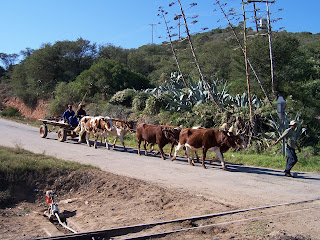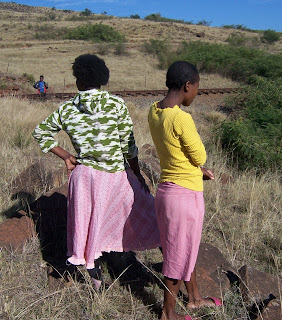We departed from the famous Humewood Station in Port Elizabeth at the start of our Avontuur line odyssey. The 2ft gauge railway, with a main line of 284 kilometres, opened in stages from 1902. We were travelling on a charted train operated by the Apple Express organisation that operates tourist trains on part of the line, which is also used by South African Railways diesel-hauled freight traffic.
Our locomotives were Class NG15 No.119 and a Lawley locomotive which had been brought down from Sandstone because of the unavailability of the hoped-for Beyer Garratt. The line had not seen this type of locomotive since the 1920s.
Unfortunately, SAR operational requirements did not allow the Lawley to proceed across the stupendous 77 metre high Van Stadens bridge, the tallest 2ft gauge viaduct in the world, so we proceeded from there with just the NG15.
Having crossed the bridge we proceeded to Loerie, 72 kilometres from Port Elizabeth, reaching our destination by means of a dramatic twisting and turning descent of 200 metres in 13 kilometres, with the line’s engineers having made full use of the landscape to find a practicable route.

The turntable in the evening light at Loerie.























































